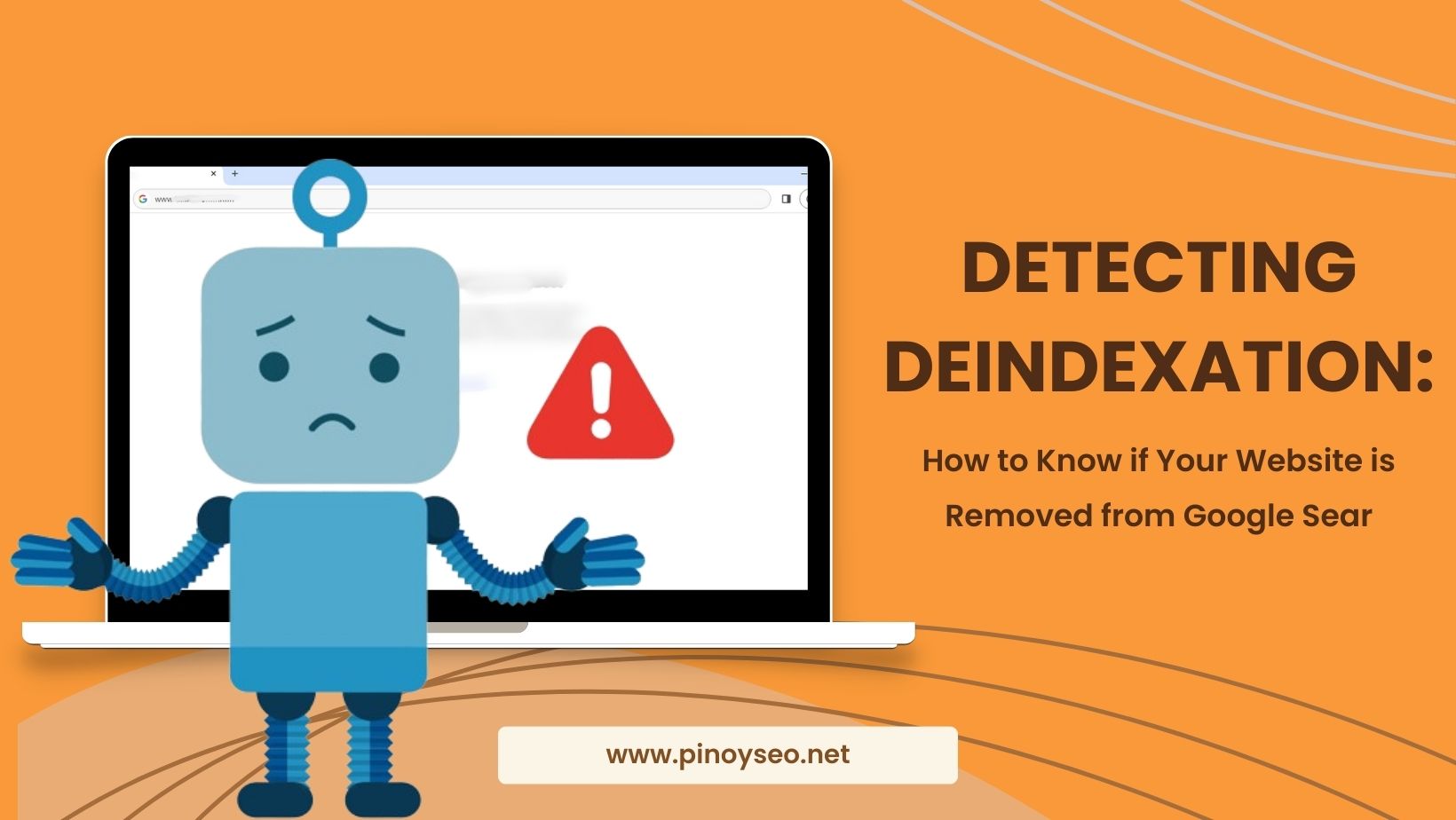In the realm of SEO, maintaining visibility on Google’s search engine results pages (SERPs) is paramount. However, sometimes websites face the alarming possibility of being deindexed by Google. Understanding the signs of deindexation and how to detect it is crucial for website owners and SEO professionals alike.
Signs of Deindexation:
- Google Search Console Insights: Utilize Google Search Console to monitor your website’s indexing status. Navigate to the “Index Coverage” report to identify any significant drops in indexed pages, which could indicate deindexation.
- Manual SERP Checks: Conduct manual searches using the “site:” operator followed by your website’s URL on Google. A lack of results or a drastic reduction in indexed pages suggests potential deindexation.
- Traffic and Ranking Fluctuations: Monitor organic search traffic and keyword rankings. Sudden drops in traffic or rankings may signal deindexation or penalization by Google.
- Manual Notifications: Google may inform website owners of deindexation or penalties through notifications in Google Search Console.
Implications of Deindexation:
- Loss of Visibility: Deindexed websites are removed from Google’s search results, resulting in a loss of visibility and organic traffic.
- Impact on Business: Reduced visibility can adversely affect online businesses, leading to decreased leads, sales, and revenue.
- Reputation Damage: Deindexation may harm a website’s reputation and credibility, undermining trust among users and stakeholders.
Recovering from Deindexation:
- Identify Root Causes: Diagnose the reasons behind deindexation, such as technical issues, content violations, or manual penalties.
- Rectify Issues: Address identified issues promptly, fixing technical errors, removing low-quality content, and adhering to Google’s Webmaster Guidelines.
- Request Reconsideration: If deindexation is due to manual actions, submit a reconsideration request through Google Search Console after resolving issues and demonstrating compliance.
- Monitor Progress: Continuously monitor indexing status, traffic, and rankings post-recovery to ensure sustained visibility and performance.
In the ever-evolving landscape of SEO, the risk of website deindexation underscores the importance of vigilance and proactive measures. By understanding the signs of deindexation and implementing timely interventions, website owners can safeguard their online presence and maintain visibility on Google’s search results.


